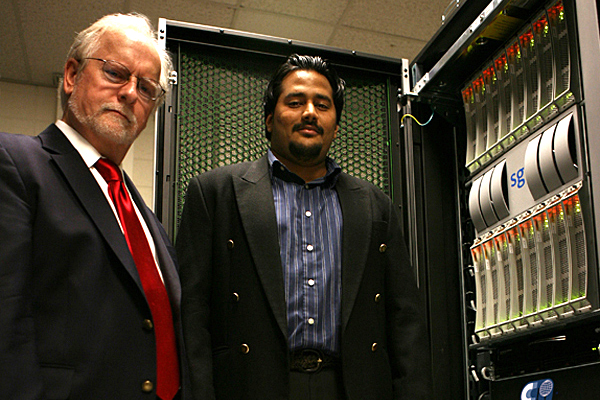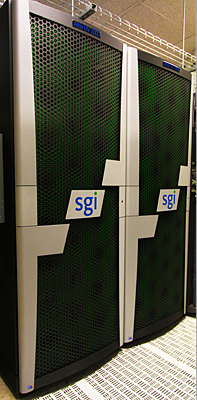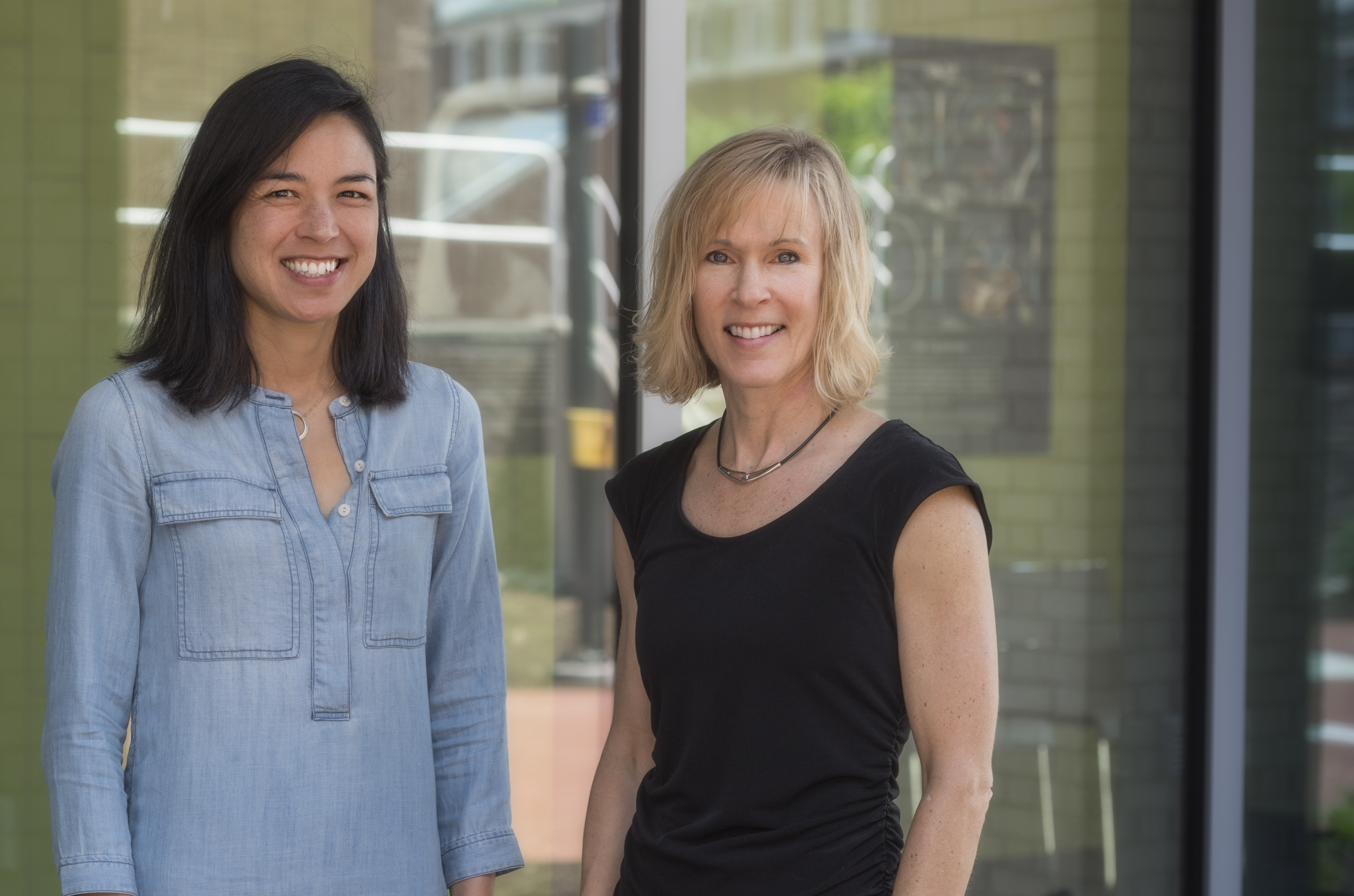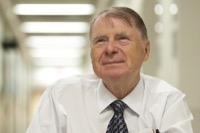


Speed it up
CCM acquires lightning fast shared memory supercomputer
11:23 a.m., June 14, 2011--The Bugatti Veyron is currently the fastest road-legal production car in the world, and the Altix UV1000 is the fastest shared memory supercomputer in the world, according to its manufacturer, Silicon Graphics International (SGI). So when the University of Delaware Center for Composite Materials (CCM) recently bought one of these supercomputers from SGI, they couldn’t resist naming it after the car.
A team led by CCM director John W. (Jack) Gillespie and research associate Gaurav Nilakantan is using Veyron initially to explore the behavior of textile-based composite materials under extreme dynamic environments using multi-scale and probabilistic numerical techniques.
Research Stories
Chronic wounds
Prof. Heck's legacy
“The challenge to model flexible fabrics is immense,” Gillespie says. “Applications consist of dozens of layers of stacked fabric. In turn, each fabric layer consists of thousands of woven yarns, each yarn consists of hundreds of individual filaments, and each filament surface interacts with adjacent filaments on a micrometer to nanometer scale.”
The result is a mathematical problem of monumental proportions that taxes the computational capability of high-performance computing clusters.
“The key to fundamentally understanding the impact behavior of these fabrics is bridging the various length scales through innovative numerical multi-scale modeling techniques,” says Gillespie.
“Predictive numerical models provide us with a unique materials-by-design capability that helps drive the innovation of new materials including fibers, interphases and polymers as well as new architectures that will dramatically improve the overall performance of composites at minimal weight for a variety of applications in the aerospace, automotive, wind and national security sectors.”
According to Nilakantan, what makes the UV1000 so appealing is that all memory is globally shared and therefore available to all processors.
“This allows extremely large models to be run,” he says. “All processors can communicate with each other through very fast interconnects based on proprietary SGI technology, preventing the typical communication bottleneck issues associated with slow data interconnects. Finally, large models scale very well with an increased number of processors.”
“Another benefit,” he adds “is that with a single-system image, the UV1000 essentially acts like one large desktop unit, which considerably simplifies administration and management.”
Jim Byrnes, manager of information technologies for the UD College of Engineering, sees great potential in the supercomputer as a research resource.
“When engineers and scientists have easy access to vast quantities of CPU resources along with immense magnitudes of shared memory, real-world problems, once intractable, suddenly are in reach,” he says. “The frontiers of science can be stretched in ways not previously possible. Exciting discoveries become imminent. This is what the SGI UV brings to CCM.”
According to Gillespie, modeling fabric impact is just one important use of the new technology. CCM researchers will also use Veyron to model, at multiple length scales, the permeability, consolidation, and infusion of polymer composites and to simulate electromagnetic and thermal responses, impact, and wave propagation through heterogeneous materials and fluid-structure interactions in support of various ongoing programs funded by the Department of Defense, the National Science Foundation, and industry.
About the Center for Composite Materials
Founded in 1974, CCM conducts basic and applied research, educates scientists and engineers, and develops and transitions technology. Since 1985, CCM has been designated a center of excellence through seven programs. The center has some 250 affiliated personnel, more than $12 million in annual expenditures, and over 2,000 alumni worldwide. More than 3,500 companies have benefited from affiliation with CCM over the past three decades.
About the supercomputer
The Altix UV1000 is made by Silicon Graphics International. CCM’s Veyron was initially configured with 384 cores (4.1 teraflops), 2.5 terabytes (TB) of globally shared memory, and 38 TB of hard disk space. It is scalable up to 2,048 cores and 16 TB of memory (21.8 teraflops in a single system image).
Article by Diane Kukich









